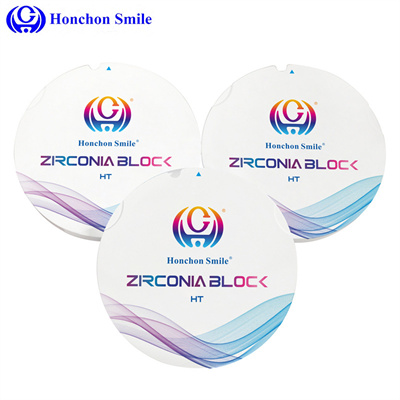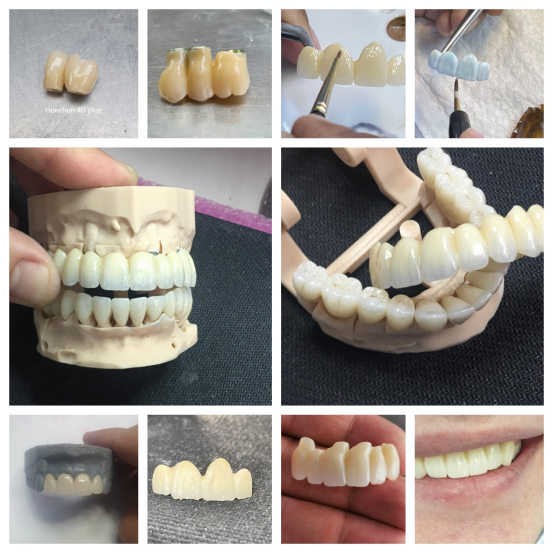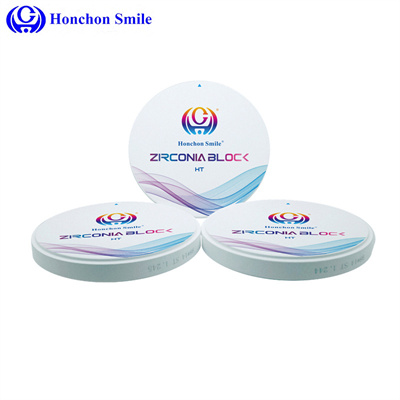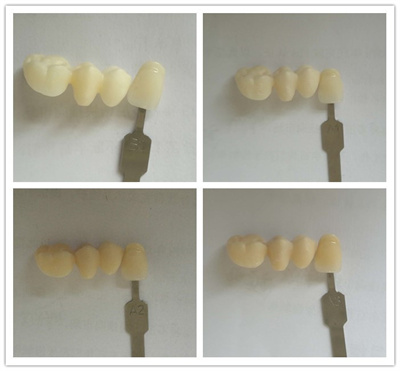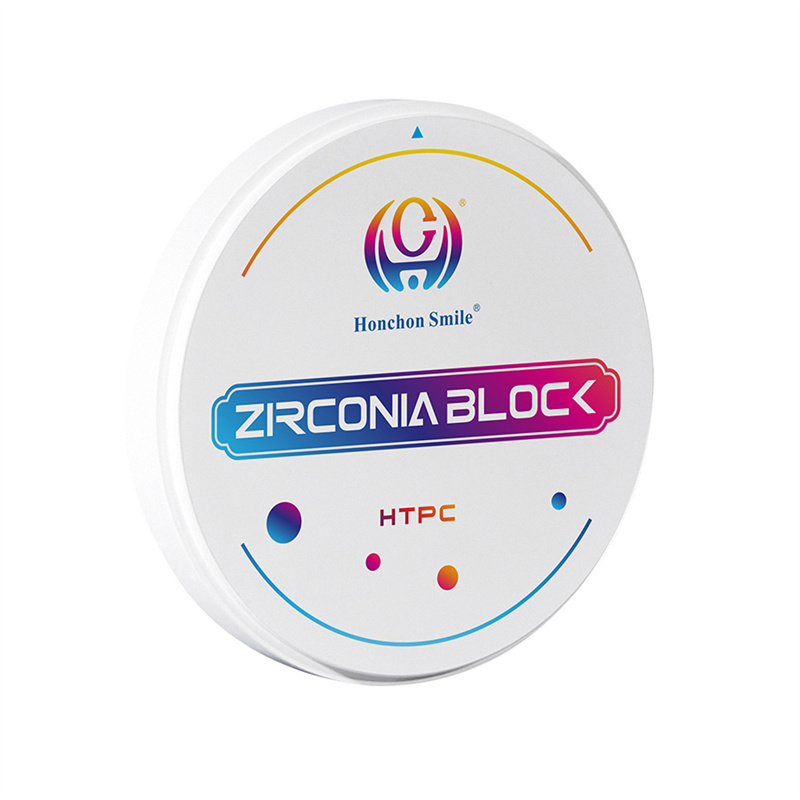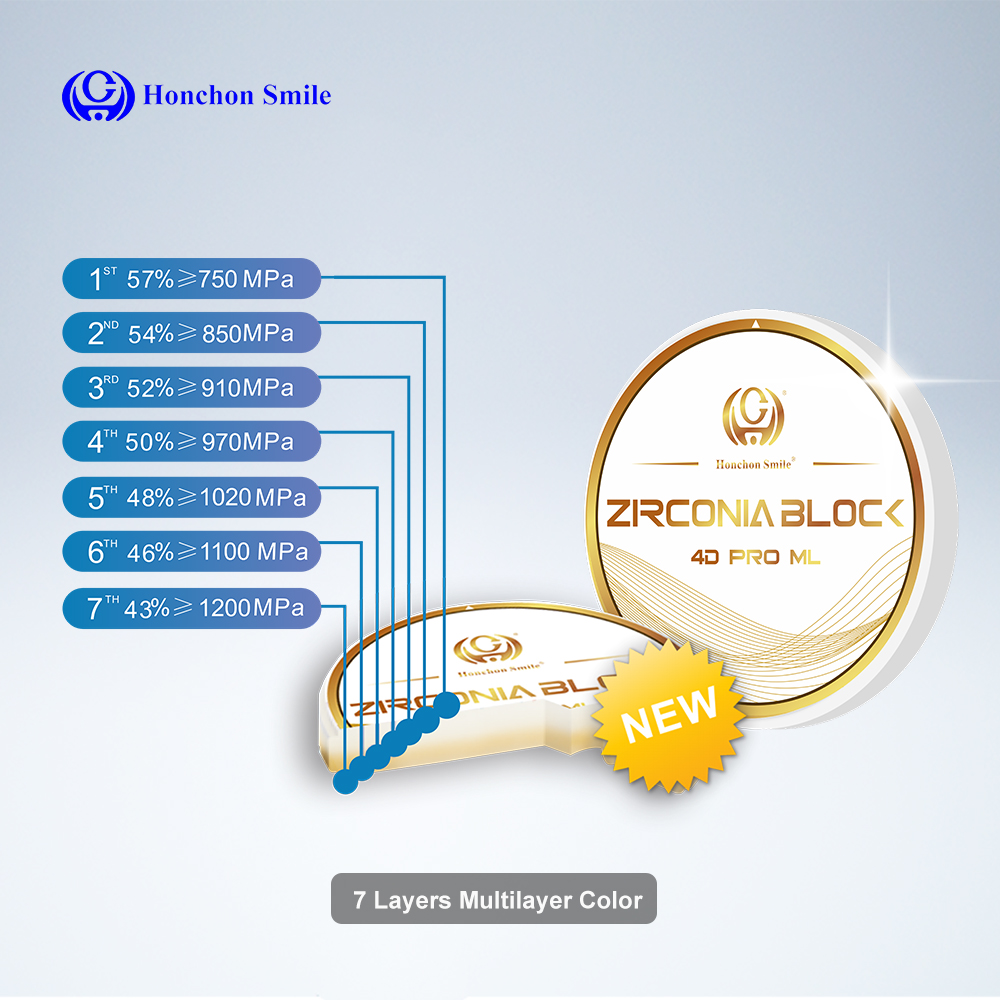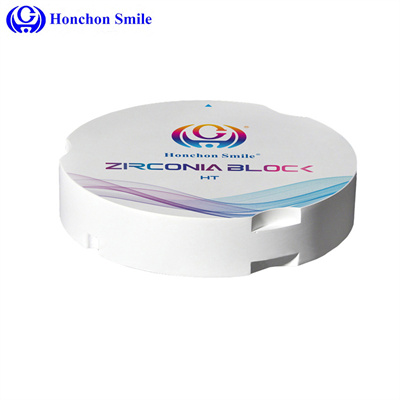Zirconia-based materials: the new favorite in the dental field, leading oral medical innovation
2025-03-19
Zirconia-based dental materials, i.e., restorative dental materials with zirconia (Zirconia) as the core ingredient, have been widely used in crowns, bridges, implants and various types of restorative dental treatments. As a high-strength, wear-resistant and biocompatible ceramic material, zirconia is able to withstand strong chewing forces in the oral cavity, and is therefore highly favored in the field of restorative dentistry. In addition, its excellent aesthetic effect is also a major highlight, the color and optical properties close to natural teeth, can provide a natural appearance, especially suitable for anterior teeth restoration and high aesthetic requirements of the treatment.
According to the latest “Global Zirconia-Based Dental Materials Market Report 2024-2030” published by QYResearch research team, the global zirconia-based dental materials market size is expected to reach USD 520 million by 2030, with a compound annual growth rate (CAGR) of 7.5% in the coming years.
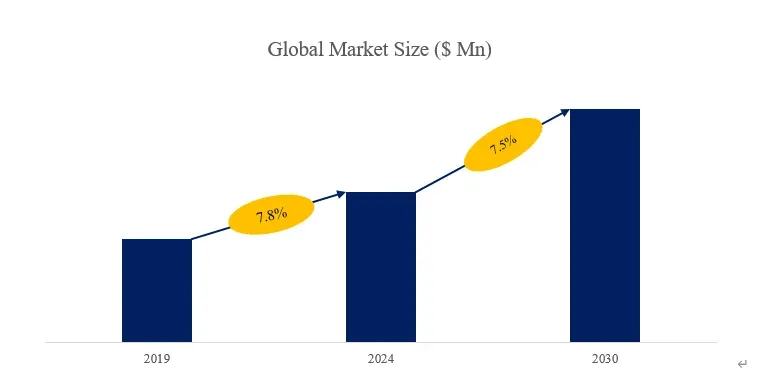
Globally, among the manufacturers of zirconia-based dental materials, companies such as National Ceramic Materials, Editech, Xiangtong Optoelectronics, Dentsply Sirona, and Ivoclar Vivadent occupy an important position. According to QYResearch Head Enterprise Research Center research data, in 2023, the top five global manufacturers have occupied about 73.0% of the market share.
Zirconia-based dental materials offer significant advantages, not only possessing excellent mechanical properties and biocompatibility, but also exhibiting low wear and tear as well as being friendly to the soft tissues of the oral cavity. Their high corrosion resistance ensures stability during long-term use and prolongs service life. However, despite the excellent performance of zirconia in dental restorations, its complex processing, high cost, and brittle nature of the material restricts its application in certain cases, which are the current challenges.
The rapid growth of the zirconia-based dental materials market is attributed to several factors. Firstly, with the increasing demand for aesthetics and functionality, zirconia has become the preferred choice for dental restorations due to its excellent aesthetic results and strong mechanical properties. Especially in the field of anterior restorations and implants, its transparency and color are extremely similar to that of natural teeth, which satisfies patients' pursuit of a natural appearance. Secondly, the aging population and rising awareness of oral health are driving the continuous growth of global demand for dental treatments, which in turn is contributing to the prosperity of the dental restorations market. In addition, technological innovations have fueled the advancement of zirconia materials, such as fine processing techniques and improved ceramic formulations, which have further broadened the application scope of zirconia-based materials.
However, the zirconia-based dental materials market is also facing several challenges. The high production cost restricts its popular application in low-income regions; the issues of cracking and brittleness that tend to occur during processing still need to be continuously optimized; and although zirconia is close to natural teeth in terms of aesthetics, its high hardness may cause wear and tear on the occlusal surfaces. Therefore, how to balance the hardness and wear resistance of the material has become an urgent problem.
Looking to the future, zirconia-based dental materials will develop in the direction of smarter, higher performance and personalization. Advances in nanotechnology will optimize the microstructure of the materials, improve their strength and toughness, and reduce brittleness problems. The introduction of zirconium oxide nanoparticles is expected to significantly enhance the mechanical properties and fracture resistance of the materials, while improving aesthetics. Personalization will also become an important trend for future development, and the combination of 3D printing technology and digital dental technology makes it possible to customize zirconia restorations according to patients' oral morphology and functional needs.
In addition, the biocompatibility and durability of zirconia-based dental materials will be further enhanced. Combinations with other high-performance materials such as polymers and cermets will offer further possibilities for innovative applications. For example, reinforced zirconia materials have performed well in implants and long-term restorations, and future applications in implant materials and full-mouth restorations are promising. With the increasing awareness of oral health and the continuous innovation of dental technology, zirconia-based materials will achieve new breakthroughs in restorative effects, durability and comfort, providing patients with more high-quality and personalized treatment options.



